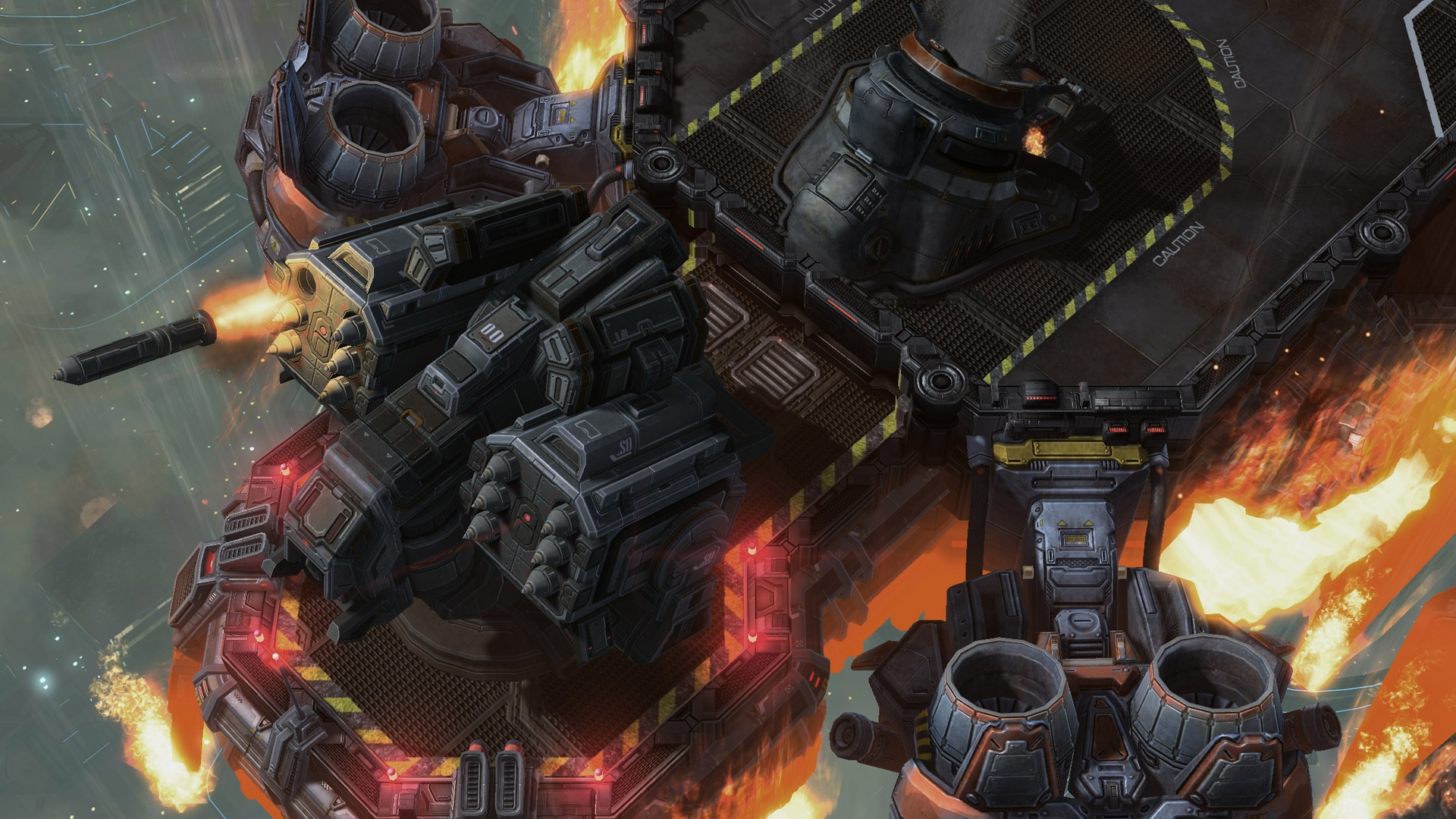
Dave Osborn, who played for the Vikings from 1965-75, still ranks No.
#THE LOST VIKINGS BUILD PRO#
Bill Brown, the crew-cut fullback who went to four Pro Bowls in 13 seasons with the Vikings, was the quintessential rugged, bad-weather runner at 5-11 and 228 pounds. It also included Joe Kapp, their quarterback from 1967-70, who barely could throw a spiral but was strong, tough and mean as they come.Īnd many of their running backs were good bad-weather players. It started with the Purple People Eaters, who included Marshall, one of the all-time durable players in NFL history. We just felt like we were tougher."įor many of the years at the Met, the Vikings had at least a handful of players who appeared built for the cold, even if Grant said they didn't draft with the weather in mind. Said Eller: "I think it gave us psychologically an advantage. He said, 'You're going to be cold when you're out there, but you have to do your job.' You get to the point that the elements didn't influence your play." I think he had a very good philosophy about it. "If you come on the bench and get warm, psychologically you're going to want to sit on that bench.

"You get cold one time, that's when you go out on the field (before the game)," Marshall said. Green Bay's averages are similar but a hair higher: 29 degrees and 14 degrees in December, and 24 degrees and 9 degrees in January. Just for the record, according to, the average high temperature in Minneapolis in December is 27 degrees, the average low is 12 degrees, and in January they are 24 degrees and 8 degrees. Marshall added that not having heaters on the bench meant that players preferred to be on the field. He'd tell them they could always dress warmer, that he'd never seen a player freeze to death, and that playing in extreme heat was more debilitating. Marshall and Eller said that every season as the weather turned, Grant would give his team a speech about playing in the cold. He also was offered a minor-league baseball contract by the Chicago White Sox. Grant played in the NFL and NBA - for the Philadelphia Eagles in 1951 and '52, when he finished second in the league in receiver yards, and for the Minneapolis Lakers in the 1949-50 and '50-51 seasons. Setting the tone was Grant, the Superior native who was one of the state of Wisconsin's all-time great athletes. The warm-weather teams, we would have been embarrassed if they'd beaten us (at the Met)." "We'd do it defensively, it was our moniker. "We'd be out there with those snow blowers and frozen field, and we'd win the games," Eller said.

In those nine seasons from '68-76 the Vikings' defense finished in the top three in the NFL in points allowed seven times and top six in yards allowed seven times. The Purple People Eaters consisted of two Hall of Famers (Eller and Alan Page) a near Hall of Famer in Jim Marshall, whose 270 consecutive starts was the NFL record until Brett Favre surpassed him in 2009 and Gary Larsen, the best run stopper of the group. Those Vikings were dominant defensive teams that thrived in bad conditions, in large part because of that defensive line.

Only Oakland was better at home (.857) during that stretch. From 1968, when they went 8-6 and turned the corner from a struggling expansion franchise, through their final season at the Met in '81, they had the NFL's third-best home winning percentage (.710), behind Dallas (.838) and Oakland (.784).įrom '68-76, which included the heyday of the Purple People Eaters defensive line and four trips to the Super Bowl, their winning percentage at the Met was.


 0 kommentar(er)
0 kommentar(er)
